The ANDINUS Association: Custodians of Nature
One of the best examples of nature’s beauty is the sight of birds flying high and free, a sight best enjoyed in person. ANDINUS: Custodians of Nature are an organization in Peru that knows this well. Since their inception they have been dedicated to conservation and the promotion of biodiversity through community activities. Prior to the COVID-19 pandemic the association won a mini-grant for binoculars from the Cornell Lab of Ornithology for Latin American and Caribbean organizations. The objective of their proposal was simple: to allow people the opportunity to observe birds in an urban environment, learn more about them, and learn how to identify them. Let’s see how it went!
As we know, not everything in life works out the way you hope, and that was particularly true during the pandemic. Despite this the members of ANDINUS showed an impressive ability to adapt. They made some changes to the inspiring and educational bird watching activities they had planned for their community. As a result, the program COVID-19: Knowing the Life of 19 Feathered Neighbors – Huancayo gave new life to the virtual and outdoor spaces during the pandemic. The program became a great example of how birds can unite us in the most difficult moments. Even if we are in our houses we can still fly with birds!
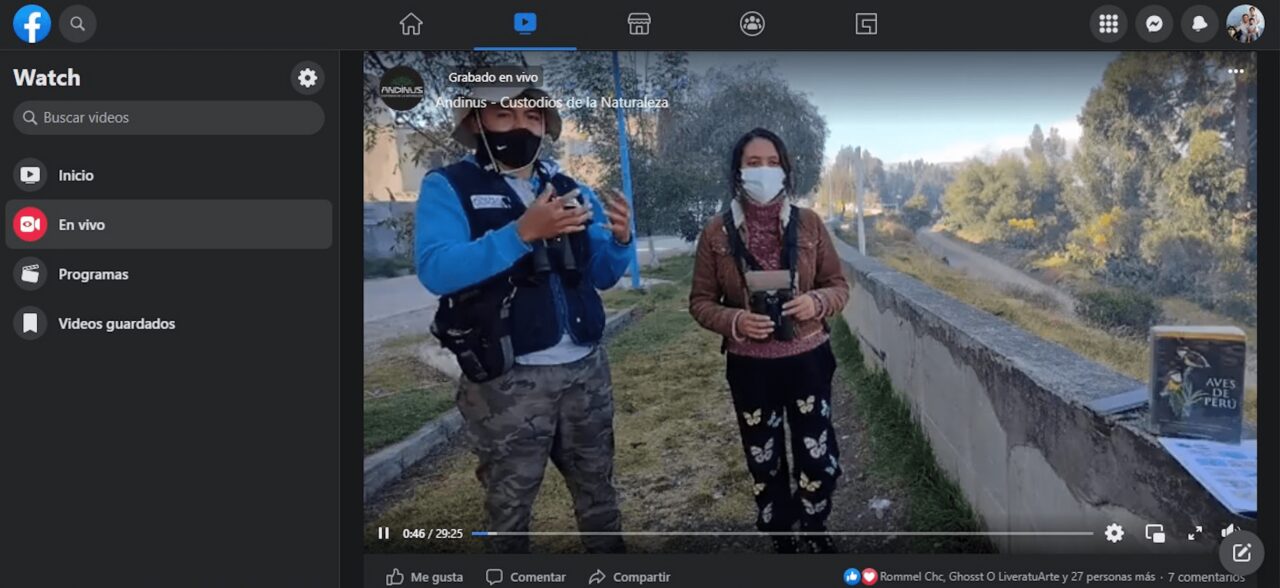
As a result of this project, it was possible to monitor the birds present in urban areas and share information about the birds of Huancayo with the public virtually as well as in socially distanced environments. Bird watching in urban areas is quite a challenge. First you have to choose a place, locate a species and then take into account all the factors that such an environment would present like vehicles, people and loud noises. The ANDINUS group prepared, and when they were ready and it was determined safe to go out, they went out to watch birds! During the observation, they had the support of Ms. Mishell Karol Aquino Juzcamayta, a student at the University of Central Peru in Huancayo. The space chosen for observation was the Huancayo Municipal Zoo, a beautiful green space nested in the city with large areas ideal for bird watching. There they observed native and migratory bird species. It was exciting!
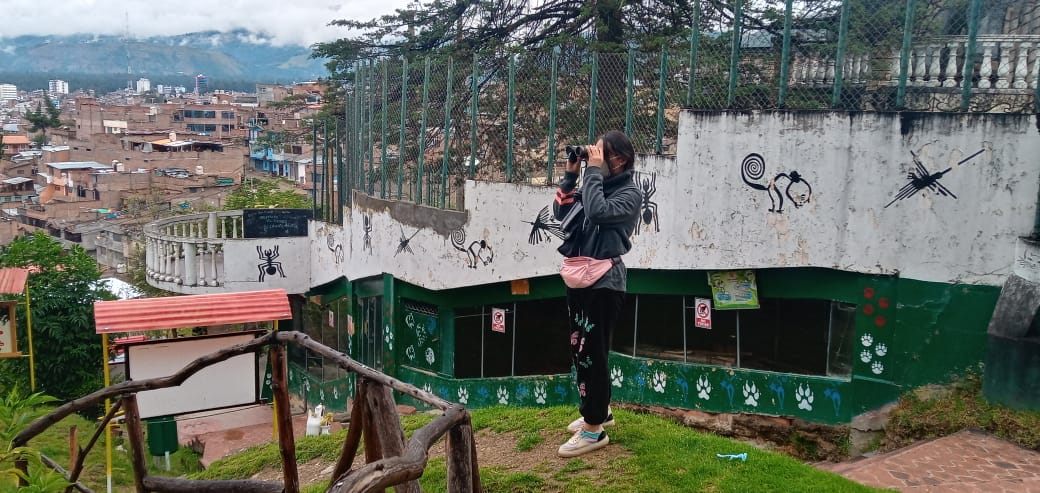
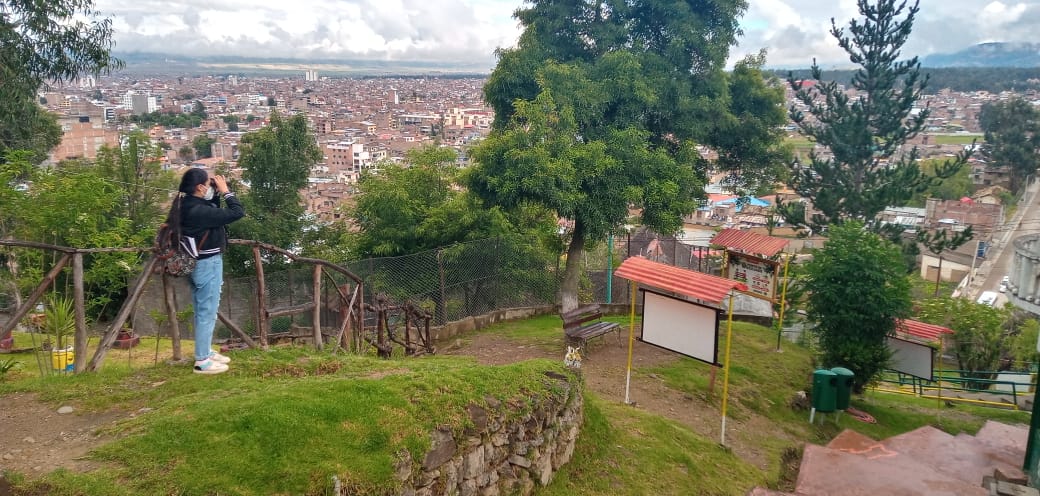
After the observation and data gathering concluded, the results were shared with the public virtually. The information was important and critical for the promotion and improvement of bird watching in the area. Additionally, the birdwatching guide to the urban birds of Huancayo was improved utilizing the photos taken during the observation days. The photos were put on display at the local recreation center, and it got people excited! People approached the exhibit expressing interest in bird photography and decided to join the observation activities! Members of the ANDINUS Association spoke with those present about bird monitoring, participatory science in bird conservation, and the important role of the Cornell Lab of Ornithology for providing the database to log observations important for conservation of birds around the world. The participants who came to the exhibition also had the opportunity to learn about the physiology of birds and observe them through binoculars. Many of them didn’t know how to use the equipment, so a tutorial was organized to explain their use and importance for bird watching and identification. It was an exciting teaching and learning experience. After the learning session, the group went on a guided tour to put what they had learned into action. A truly unforgettable experience!
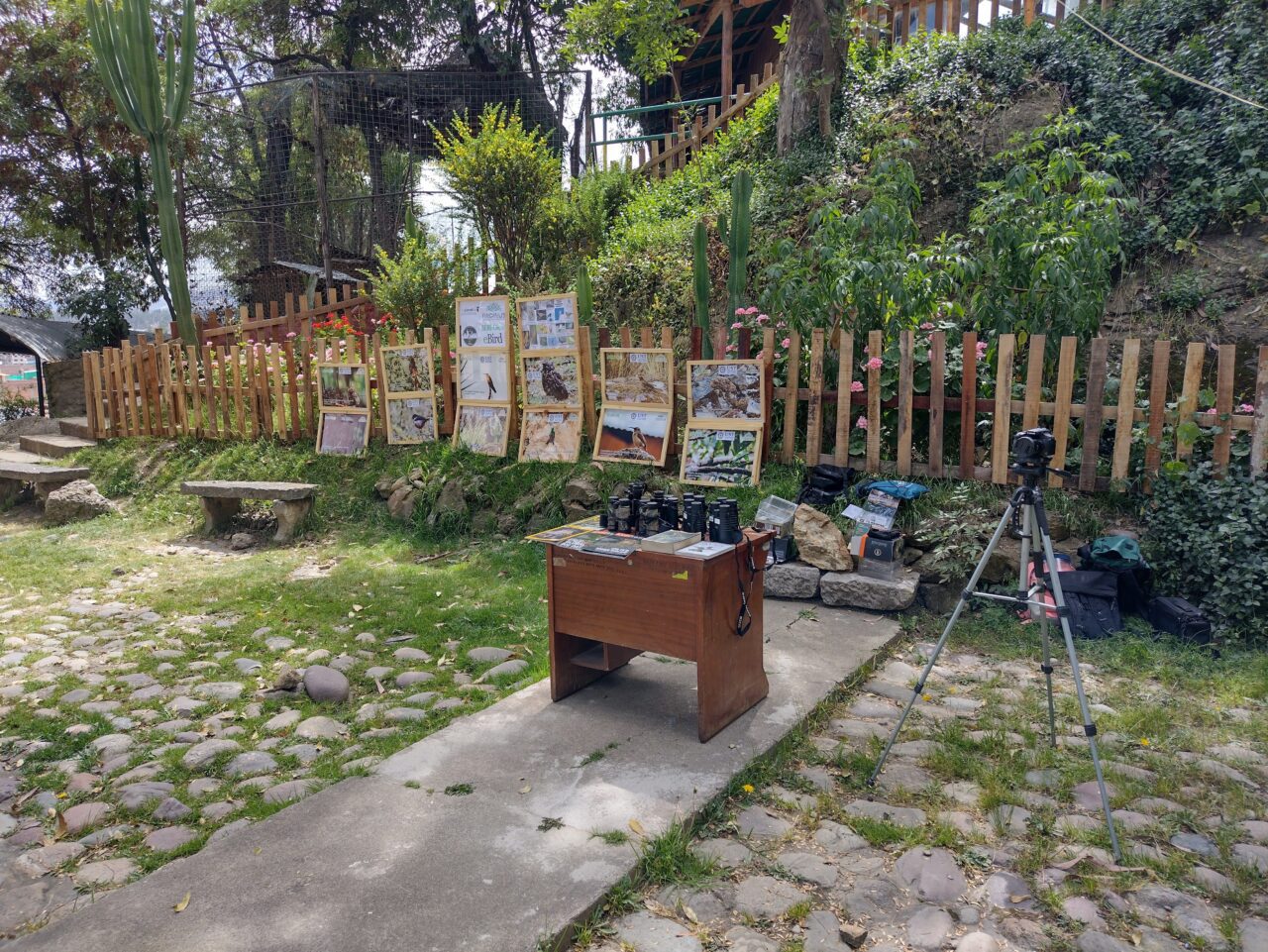
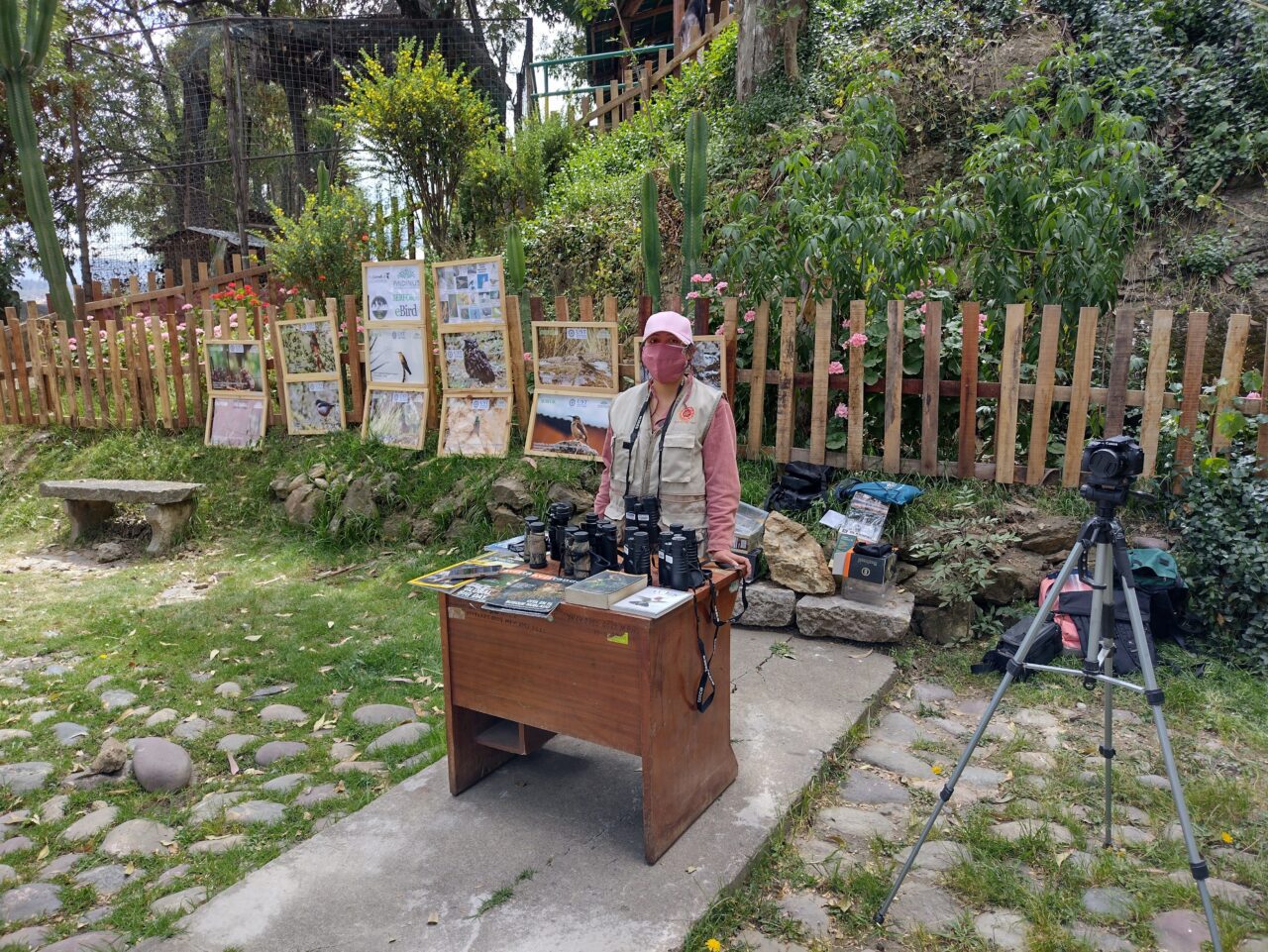
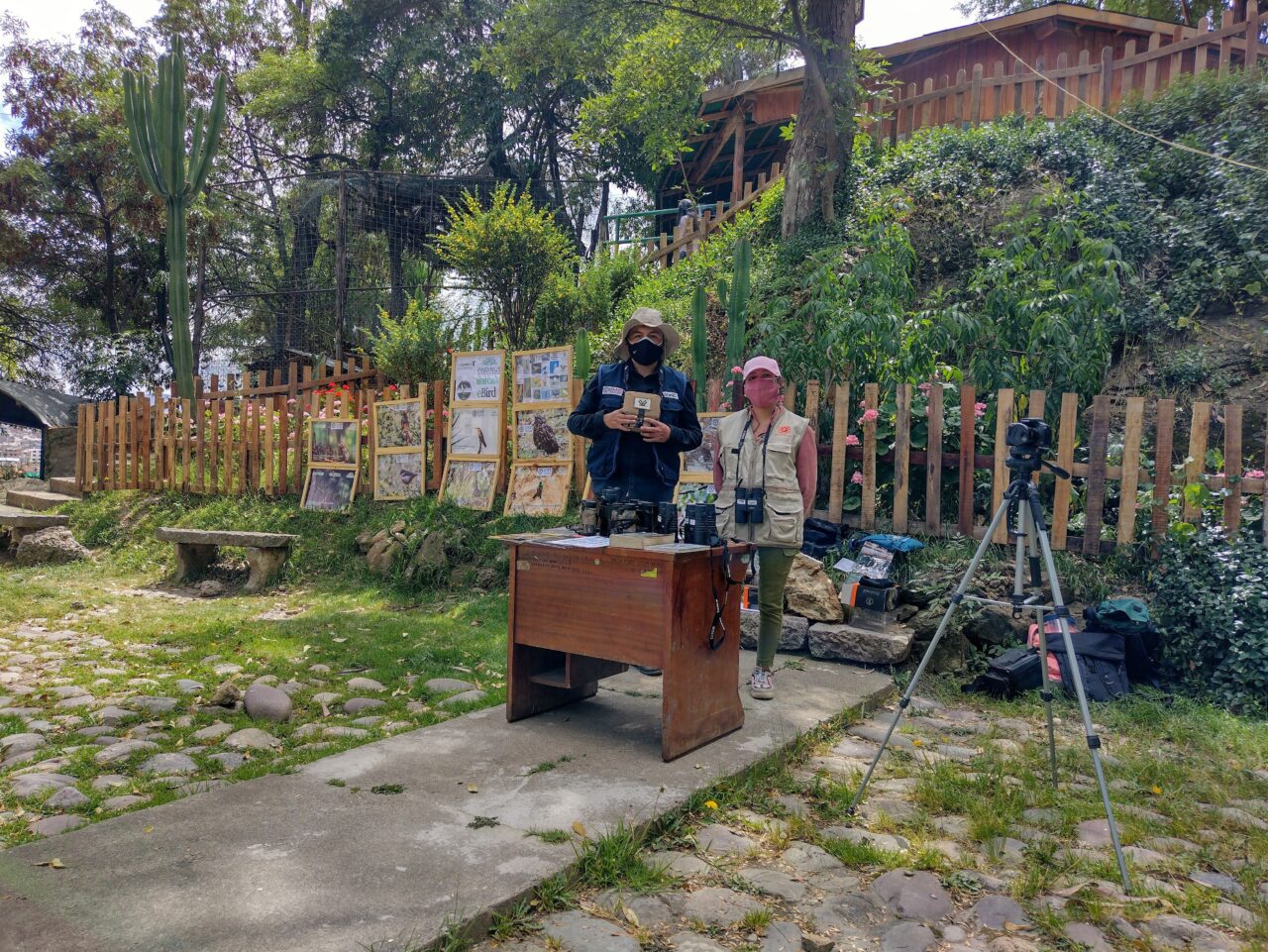
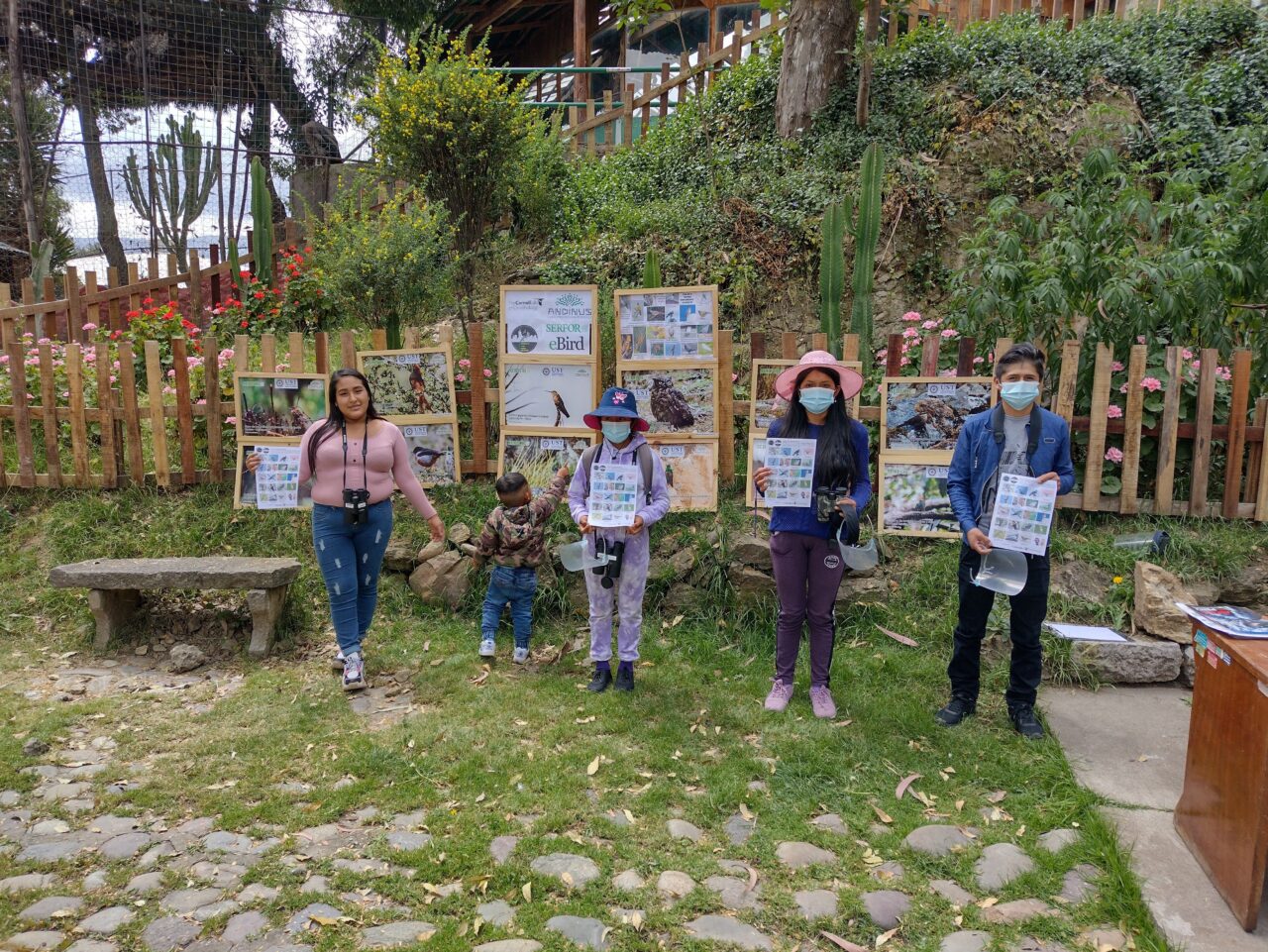
At this point it is necessary to thank several people and organizations that contributed to the success of this wonderful program. The support of the Cornell University Lab of Ornithology provided by the binocular mini-grant and accompanying training is gratefully acknowledged. We also would like to thank the Administration of the Huancayo Municipal Zoo, which provided the necessary space to observe the birds in their beautiful open space. We also thank the Social Pastoral for Human Dignity (PASSDIH) of the Archbishopric of Huancayo, and ATFFS – Central Sierra ( Technical Administration of Forestry and Wildlife – Central Sierra) of the Nation Park and Wildlife Service (SERFOR) for their help in facilitating some of the activities. Finally, a big thanks to Mishell Karol Aquino Juzcamayta for her help and collaboration throughout the bird observation and to all the participants who joined virtually and/or in socially distanced environments to collectively enjoy the birds of Huancayo, Peru.
Written by Diego Valle
